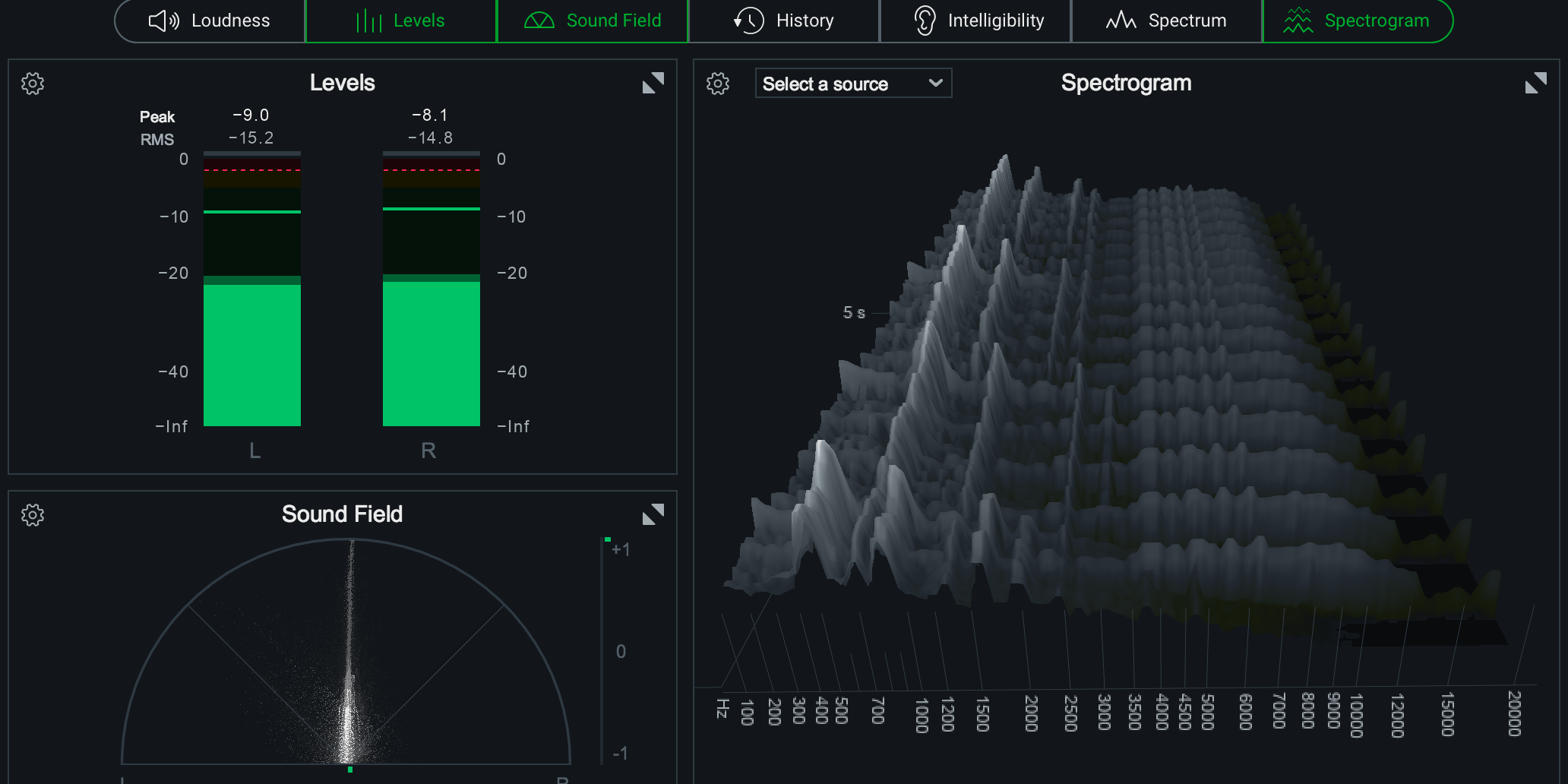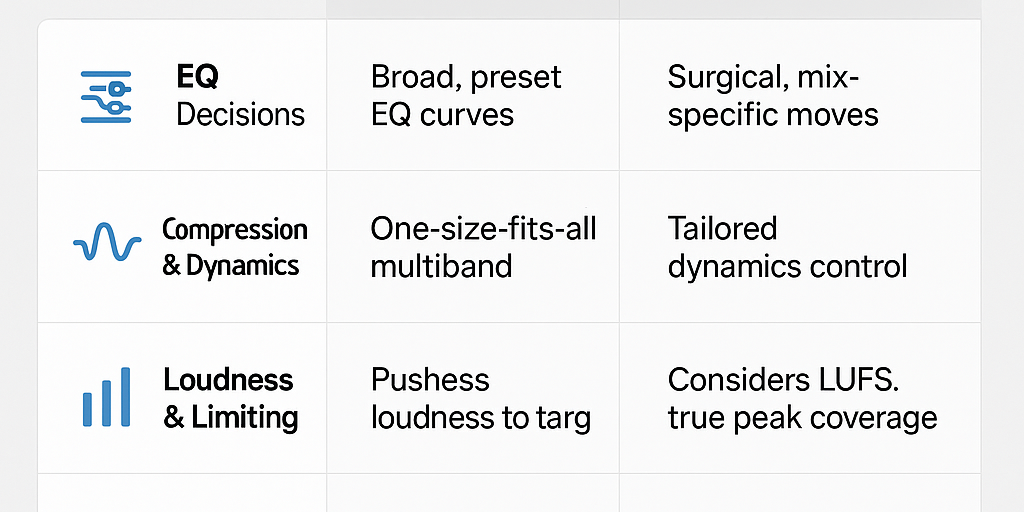Limiting is an essential tool in the mastering process, as it allows engineers to increase the overall loudness of a recording while preventing distortion. In this post, we will take a closer look at the role of limiting in mastering and how it can be used to enhance the overall sound of a recording.
First, it's important to understand the difference between compression and limiting. Compression is a dynamic range control tool that reduces the difference between the loudest and quietest parts of a recording. Limiting, on the other hand, is a form of compression that prevents the loudest parts of a recording from going over a certain threshold. This allows engineers to increase the overall loudness of a recording without introducing distortion.
One of the main uses of limiting in mastering is to increase the perceived loudness of a recording. In the past, many engineers would use a technique called "peak limiting" to increase the overall loudness of a recording. However, this often resulted in distortion and a loss of dynamic range. With the advent of new limiting algorithms, it is now possible to increase the loudness of a recording without introducing distortion.
Limiting can also be used to control the dynamic range of a recording. Dynamic range is the difference between the loudest and quietest parts of a recording. While some recordings benefit from a wide dynamic range, others may sound better with a more limited dynamic range. By using limiting, engineers can control the dynamic range and make sure that the recording sounds balanced and consistent.
Limiting can also be used to add a sense of "punch" to a recording. By using a limiter to add a small amount of gain to the loudest parts of a recording, engineers can make it sound more "in your face" and impactful. This can be especially useful for genres such as electronic and hip-hop music.
Limiting is an essential tool in mastering that allows engineers to increase the overall loudness of a recording while preventing distortion. It can be used to control the dynamic range and add a sense of "punch" to a recording, making it sound more polished and professional. Remember that mastering is an art, and it's important to experiment and find the right amount of limiting that works for your recording.



